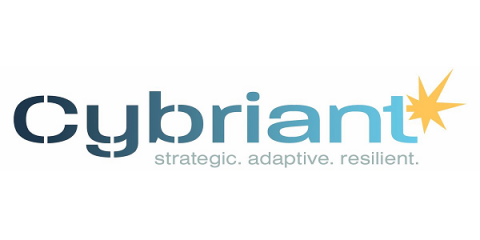Security | Threat Detection | Cyberattacks | DevSecOps | Compliance
Latest Posts
Google Chronicle vs. Splunk: An Insider's Perspective on Features, Pricing, and User Experience
Bluejacking vs Bluesnarfing: Exploring Bluetooth Hacking Variations.
Imagine walking down the street, innocently scrolling through your phone, completely unaware that someone nearby is attempting to hijack your Bluetooth connection. It sounds like a scene straight out of a spy movie, right? Well, this kind of covert hacking, known as bluejacking and bluesnarfing, is a growing concern in today’s digital age.
Unlock the Power of Google Chronicle SIEM for Your Clients
Let's face it: Managing cybersecurity for multiple clients as an MSP can feel like navigating a maze, full of pitfalls and traps. Just when you think you have one security issue managed, another one pops up.
The Vital Importance of Network Security
In today's digitally-driven world, companies depend on their computer networks for communication, data management, and online transactions. With all the sensitive information online, cybercriminals are always on the hunt for vulnerabilities to exploit.
Latest Cyber Threat: Quishing or QR Code Phishing Method
As technology continues to advance, businesses are utilizing various methods to streamline their operations and enhance their online presence. One of the approaches that have gained popularity over the years is the use of Quick Response (QR) codes. These codes make it easy for customers and employees to access information quickly and conveniently. However, cybercriminals.
The Ultimate Guide to Google Chronicle SIEM
Take control of your own security operations center with the help of this comprehensive guide on Google Chronicle SIEM – get answers to all your questions here!
The Benefits of Managed Security Services
If your company is not using managed network security services, then it's time to start. Here are the benefits of managed security for your business.
How to Use Google SIEM: A Complete Guide
What do you know about how to use Google SIEM? You can read about implementing these managed security services into your company's network protocols.
What is a SOC and Why it Matters for Security
A Security Operations Center (SOC) is a centralized unit responsible for monitoring, detecting, analyzing, and responding to security incidents within an organization's IT infrastructure. The primary objective of a SOC is to safeguard the confidentiality, integrity, and availability of an organization's critical data.







